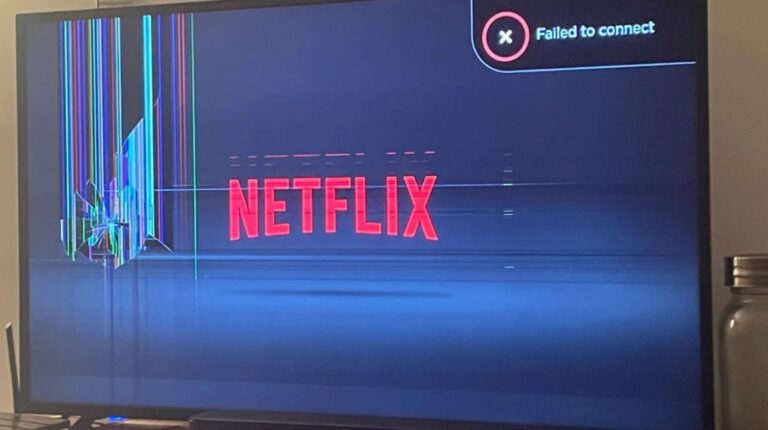Why VR Will Never Become Mainstream (And It’s Ok)


Virtual reality has been one of gaming’s bravest experiments. It promised to reshape how players experience worlds by immersing them entirely inside digital realms. The dream of putting on a headset and living inside a game has been alive for decades.
Yet despite years of investment from major companies, VR has remained a niche. Headsets have improved, games have become more ambitious, and prices have dropped, but mass adoption never arrived. And that is perfectly fine.
The gaming industry does not need VR to dominate in order for it to thrive. Instead, it can exist as a specialty platform, supported by enthusiasts and creators who embrace its unique strengths.
Jump to:
The Promise Of Immersion Never Matched Reality
The allure of VR has always been total immersion. Players would leave their living rooms behind and enter entirely new universes. In practice, the experience often feels more awkward than magical.
Headsets are heavy, wires restrict movement, and even wireless models cause fatigue. Motion sickness remains a problem for many, cutting sessions short. Immersion is powerful but fragile, often disrupted by discomfort or technical hiccups.
And let’s be honest: it’s fun to watch YouTube compilations of people sprinting into walls or falling over their couches while wearing a headset, but that’s not exactly a selling point for most players. For the average gamer, the dream of stepping into another world ends with a stubbed toe and a broken lamp.
Limited Libraries And Development Costs Keep It Niche
VR games are expensive to make but reach relatively small audiences. Even with big names like Half-Life: Alyx or Resident Evil Village in VR mode, the ecosystem cannot match the scale of traditional releases.
For most studios, dedicating resources to VR projects doesn’t make sense from a business point of view. The return on investment is lower, and porting games into VR often feels like a novelty rather than a necessity.
This cycle reinforces VR’s niche status. With fewer games, players hesitate to buy hardware, and with fewer players, studios hesitate to invest. The stalemate has kept VR boxed into its enthusiast corner.
When VR Holds Games Back
Some games could’ve been genuine breakthroughs but were limited by being VR-first projects. Robinson: The Journey from Crytek looked amazing, set on a planet filled with dinosaurs(!), but the awkward controls and design kept it from reaching its potential. What could’ve been a blockbuster sci-fi adventure instead felt like an expensive demo.
The Inpatient, Supermassive Games’ prequel to Until Dawn, was another misstep. It had all the ingredients of a chilling psychological horror, yet its VR-only design locked it away from a broader audience. Worse, clunky mechanics stripped the tension away, leaving behind a short, forgettable experience.
Even EVE: Valkyrie, with its promise of intense space dogfights, struggled to find enough players. Despite its flashy battles, its VR exclusivity limited its reach, and servers eventually shut down. These games were not inherently bad; they were simply trapped inside a headset that too few people owned.
The High Bar Of Entry Makes VR Harder To Sell
One of the most overlooked barriers is cost. A good VR setup demands not just the headset but also a powerful PC or console to run it smoothly. Even standalone options like the Meta Quest are not cheap, and extra accessories like controllers and sensors push the price higher.
This means VR gaming starts at a price point where most people could buy an entire console or a stack of new releases instead. When players do the math, VR often feels like an indulgence rather than an essential part of gaming. That high bar of entry keeps VR squarely in the luxury category.
Add in the space requirements – clearing your living room so you don’t punch a TV – and it becomes obvious why VR is not exactly built for the masses.
A Space For Enthusiasts, Not Everyone
VR’s future may not lie in mainstream adoption at all. Instead, it can serve as a dedicated playground for innovation, experimentation, and artistic expression. Enthusiasts who love the medium will keep it alive, and maybe that’s enough.
Communities built around VR are passionate, and developers who cater to them create groundbreaking experiences. Beat Saber became a phenomenon by mixing lightsabers and rhythm in a way only VR could deliver. Smaller horror games like Phasmophobia in VR have shown how terrifying the medium can be when used correctly.
That passion ensures VR’s survival, even if it never achieves mass-market success. By not chasing impossible mainstream goals, VR can grow more authentically. It can focus on unique strengths rather than trying to replace traditional gaming altogether.
Gaming Thrives With Variety, Not Dominance
The gaming industry has always been strongest when it offers players choice. Consoles, PCs, handhelds, mobile devices, and now cloud services all coexist, serving different audiences. VR fits into this ecosystem as another option.
Its existence enriches gaming, even if it doesn’t redefine it. Players who want immersion can dive in, while everyone else can enjoy other platforms without feeling left behind.
In the end, VR’s inability to become mainstream is not a failure. It’s a recognition that not every innovation must conquer the world. Gaming is better when experiments can simply exist.
Virtual reality’s destiny is not to be the next console revolution. Instead, it’s to remain a fascinating niche, powered by players who crave deeper immersion and developers willing to push boundaries. It will not reshape the industry, but it will always leave a mark on it. And that’s definitely ok.

















